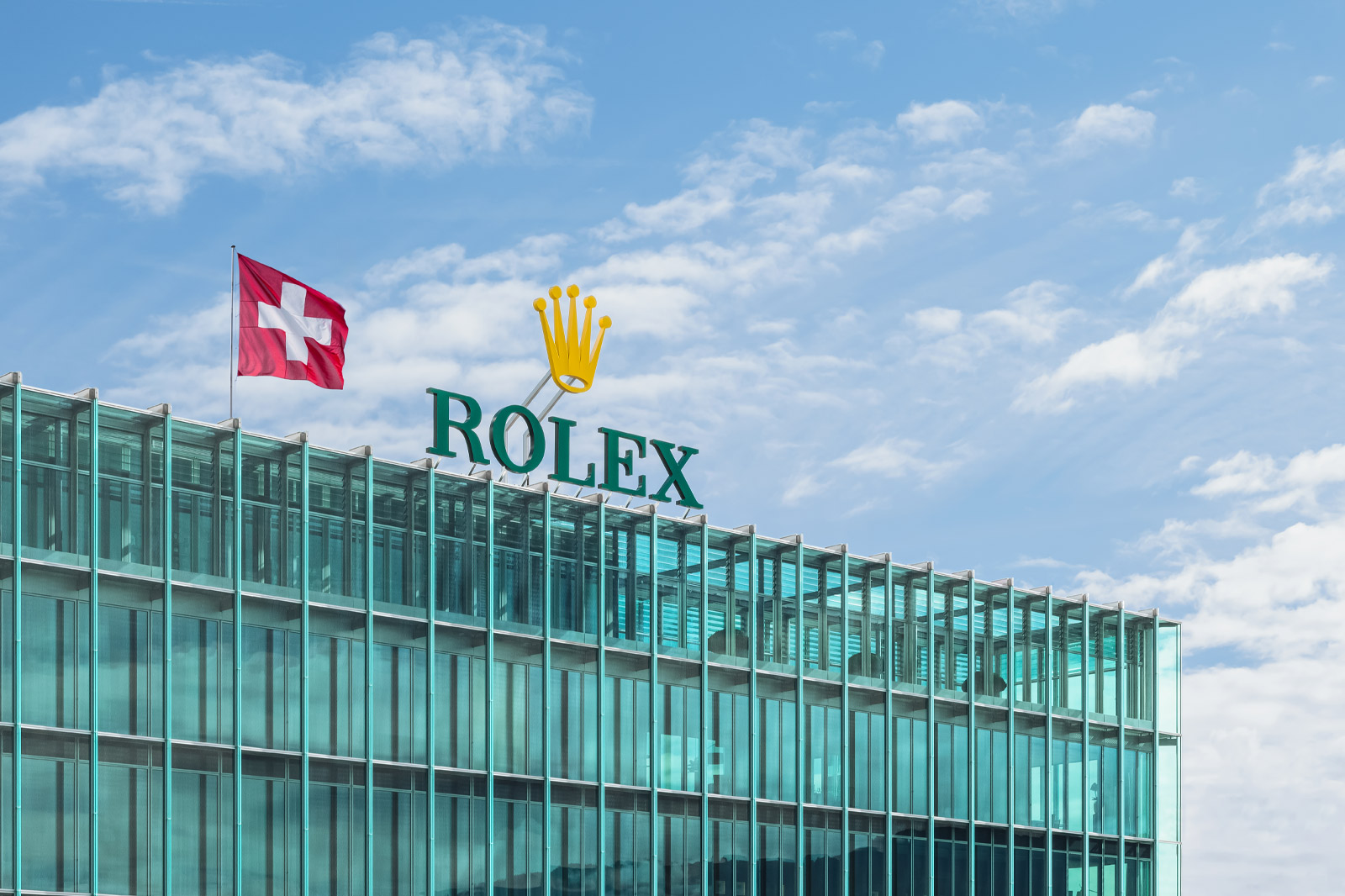


Rolex adjust their prices at the start of every year so it should come as no surprise that 2025 is no different. Also, given the way inflation is heading, it’s no surprise that those adjustments mean price rises across the board. Hopefully we won’t have a repeat of 2024 when they raised their prices on gold watches again halfway through the year.
In previous years Rolex has been very consistent with the amount they raise prices by, typically following close to the value of inflation – on average this is the case here too but when looking at specific models, there are a lot of changes here well above and well below inflation. For example, in general, new price rises for Rolex’s steel models sit below the UK’s current inflation rate of approx. 2.6%. The Submariner Ref. 124060, a core model in the Rolex range, has only risen by 0.6% from £8,050 to £8,100. Similarly popular references of the GMT-Master II, Air King and Date have also risen less than inflation. Even the Cosmograph Daytona 126500LN is only slightly above inflation with a rise of 3% from £13,200 to £13,600.
However, several key models have risen by a substantial amount. Notably the Day-Day has been hit pretty heavily. The Day-Date Ref. 228239, with its signature fluted bezel and white gold case has increased by 6.8% from £37,800 to £40,400. The same is true of the Everose Gold Yacht-Master Ref. 126655, which rose 7%. Considering that Rolex’s gold models increased by a total of around 8% across 2024, split between two separate price rises, perhaps this is Rolex’s attempt to future-proof their gold models by giving them a single, larger price rise at the start of the year.

Cosmograph Daytona Steel and Ceramic
| Reference | 2024 | 2025 | Increase (%) |
|---|---|---|---|
| 126500LN | £13,200 | £13,600 | +3% |

Pepsi GMT Master II with Jubilee Bracelet
| Reference | 2024 | 2025 | Increase (%) |
|---|---|---|---|
| 126710BLRO | £9,550 | £9,650 | +1% |
Oracle Time





